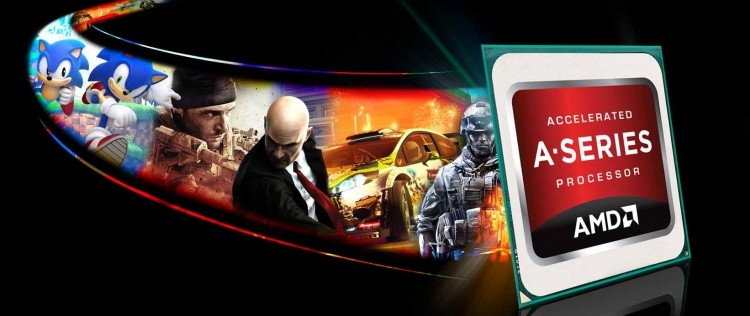
AMD has reportedly updated their product roadmap for 2014 and 2015, revealing when their next line of graphics cards and APUs will be launched. The report, sourced from the sometimes inaccurate DigiTimes, states that AMD's next-generation graphics cards, codenamed 'Volcanic Islands', will be released in late September, and new APUs will follow in Q1 2014.
Both the high-end 'Kaveri' and entry-level 'Kabini" APUs will enter mass production in February 2014 for an announcement in March 2014. On the Kabini front, AMD is expected to launch dual- and quad-core parts with Socket ST3 for notebooks and Socket FS1B for desktops. Kabini APUs will have a maximum power consumption of 25W, according to DigiTimes' upstream supply chain sources.
Kabini and Kaveri APUs were originally scheduled for release in the second half of 2013, although this report confirms a delay of the chips into 2014. The rescheduling of the launch will have an effect on AMD's future APUs, delaying 'Beema' (the successor to Kabini) into either the second half of 2014, or early 2015. Beema will allegedly use Socket FS1B like Kabini, although more Heterogeneous System Architecture (HSA) features will be implemented.
By the end of 2013, AMD will have begun phasing out their FM1 and AM3 sockets, with AM3+, FM2 and new sockets being utilized going forward. In 2015, 'Carrizo' APUs will be launched to succeed Kaveri in the desktop market, featuring the Excavator architecture at two TDPs: 45W and 65W. 'Nolan' chips will also be unveiled to replace Beema, if the reports are correct.
While AMD continue to push their desktop, laptop and low-power components, the company also scored an important contract to produce APUs for both the Xbox One and PlayStation 4. The semi-custom processors, based on the Jaguar architecture also used in the aforementioned Kabini chips, will form an important part of next-generation gaming.